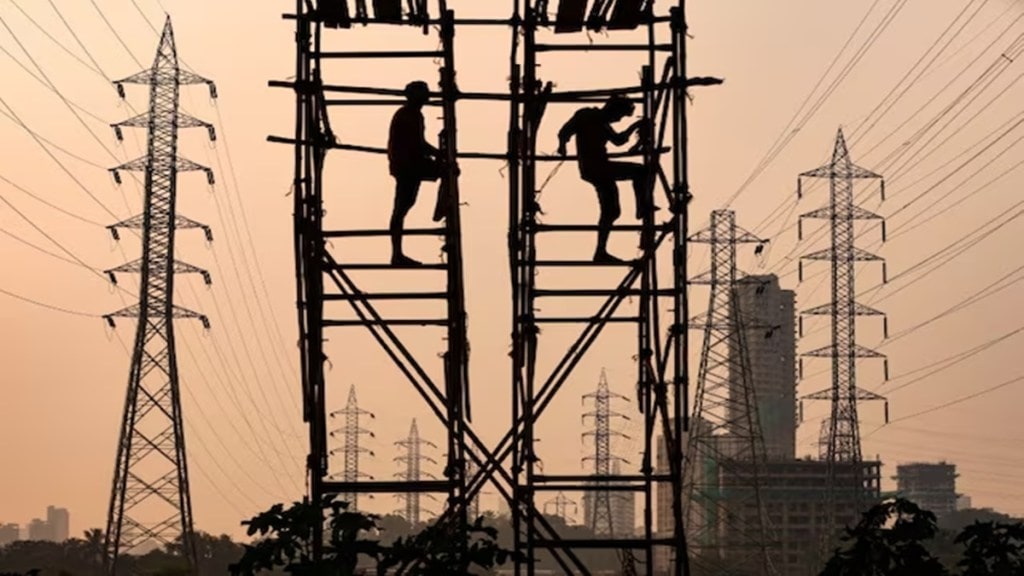By Somit Dasgupta, senior visiting fellow, ICRIER
The privatisation of the electricity distribution sector is back in the news. The Uttar Pradesh (UP) government has announced that it plans to privatise two of its four public distribution utilities (discoms) and the Request for Proposal (RFP) documents are expected this month. This is the first big news on privatisation after Odisha’s second phase of privatisation in 2020-21. Of course, we have had privatisation in Chandigarh, Daman & Diu, and Dadra & Nagar Haveli in the recent past, but they were relatively insignificant cases given the size of their distribution business.
The two discoms which have been identified to be privatised— Dakshinanchal Vidyut Vitran Nigam Ltd. (DVVNL) and Purvanchal Vidyut Vitaran Nigam Limited (PuVVNL)—serve 42 of the 75 districts of UP. Together, they account for about 45% of the units sold in the state and about 4% of the electricity sold by all utilities put together pan-India. These two utilities have relatively higher loss levels amongst the four public utilities operating in the state. We have really come a long way in the privatisation process since the Delhi Vidyut Board (DVB) was privatised in 2002-03.
Here, ultimately, there were only two bidders in the fray, while three private utilities were planned. In UP’s case, it is said that about eight bidders have shown interest which includes major players who are already running a distribution business—successfully, at that—in other parts of the country.From the news filtering in, one gathers that the state government proposed to divest 51% of the equity in the two discoms identified and it would be a public-private partnership (PPP) in the ratio of 51:49. A lot many lessons have been learnt since we had the first privatisation bid (Odisha, 1999). The move was an utter failure due to various reasons like an over-enthusiastic regulator who set unrealistic loss levels, lack of any transitional support from the government, over-valuation of assets, etc.
Then we had the case of Delhi, which definitely was a success, but had its own hiccups like an insufficient pension fund and a disagreement over the opening loss levels. Each round of privatisation, however, has been a work-in-progress and we have become wiser in the process. Having said that, there are a few issues one can ponder over when it comes to the privatisation bid in UP.
The first thing to consider is the bidding parameter. The model bidding document that was floated by the ministry of power (2020) stated that a lot depends on the existing loss level. If it is more than 15%, the reduction in the loss level trajectory could be the bidding parameter, and if it is less than 15%, it could be the premium on the reserve price. When we say loss level, we mean the aggregate technical and commercial loss (AT&C) which, broadly speaking, gives an idea of how many units one has recovered by way of revenue. So, the lower the loss level, the better it is, since it means that one has recovered a larger portion of what one has spent on power purchase. When the DVB was privatised in 2002-03, the AT&C was the bidding parameter. In the second phase of the Odisha privatisation (2020-21), the bidding parameter was hybrid and it had several metrics grouped under technical and financial heads. Under technical parameters, one had the loss reduction trajectory, the capital investment (capex) and their mode of financing, commitment to collect past arrears, etc.
whereas the financial parameter was the premium on the reserve price. The parameter in UP’s case is yet to be seen but it is felt that Odisha’s hybrid methodology may be followed, especially since having a premium on the reserve price ensures that the government gets some additional revenue upfront. Relying solely on the reserve price with no premium leads to criticism that the family silver has been frittered away, a situation faced in the case of DVB.
A major challenge likely to come up in UP’s case is the creation of five private utilities from the existing two public utilities identified. This means that five new balance sheets will have to be created and given the status of metering, this would be a mammoth task. The opening loss levels that would be declared are bound to be debated and rightly so, because consumer indexing itself is far from complete. One does not know which consumer is connected to which feeder and hence, the loss level arrived at would be a pandora’s box. Though the state government may have its own reasons on why it wants to create five private utilities, it would be pertinent to mention that the standard model bidding document floated by the ministry of power states that the geography of the incumbent utility is best not tampered with.
Finally, consumers will not be the only ones gaining through privatisation which may, hopefully, lead to a better quality of power supply—the state government will gain as well. The UP government is spending thousands of crores of rupees by way of retail subsidy. Using the figures given by the Power Finance Corporation (PFC), it has been calculated that for the two discoms in question, about Rs 8,000 crore was provided as subsidy in 2023-24. The government hopes that with the reduction in loss levels, which may follow privatisation, the government subsidy will no longer be required. All eyes are now on the ongoing employee resistance towards privatisation for which the state government has invoked the Essential Services Maintenance Act (ESMA). What is certain is that employee agitation cannot reverse the decision to privatise but only delay it by some months and hopefully not years.
Views are personal


